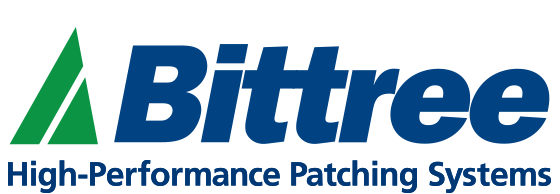Posted in
Fiber Optic Cable Types

Fiber optic cable types are as vast and as different as their uses and applications. Fiber optic cables are used to connect communications equipment to devices such as patch panels or patch bays, providing the physical connection needed to a network or device. Used by a multitude of institutions, government agencies, radio and television broadcasting, commercial and home recording studios, fiber optic cable types allow the transmission of data as well as network connection.
Fiber optic cable types are made up of a glass core and cladding, protective buffer coating, kevlar (used for strength), and are protected by a thick outer coating. As opposed to using electrical current to transfer information, fiber optic cables use light pulses as their means of connection. Different applications consist of the transmission of data, video, and voice.
In the high speed networks of the day, Step Index Single mode fiber, or Graded Index Multimode fiber is used to enhance light transmission over far distances. Multimode fiber has a bigger core and is used more typically in short runs within commercial office space. Smaller core is used within single mode fiber, and is used typically in longer cable runs outside between buildings.
The following are just a few of the different fiber optic cable types:
OFC - Optical fiber, conductive
OFN - Optical fiber, nonconductive
OFCG - Optical fiber, conductive, general use
OFNG - Optical fiber, nonconductive, general use
OFCP - Optical fiber, conductive, plenum
OFNP - Optical fiber, nonconductive, plenum
OFCR - Optical fiber, conductive, riser
If you want to discuss different fiber optic cable types and how they can improve your workflow in your studio, drop us a line at +1 (818) 500-8142 or email us at marketing@bittree.com
We love to talk signal flow!
Subscribe to our newsletter and always be the first to hear about what is happening.
© 2025 Bittree

Jack Field
Author